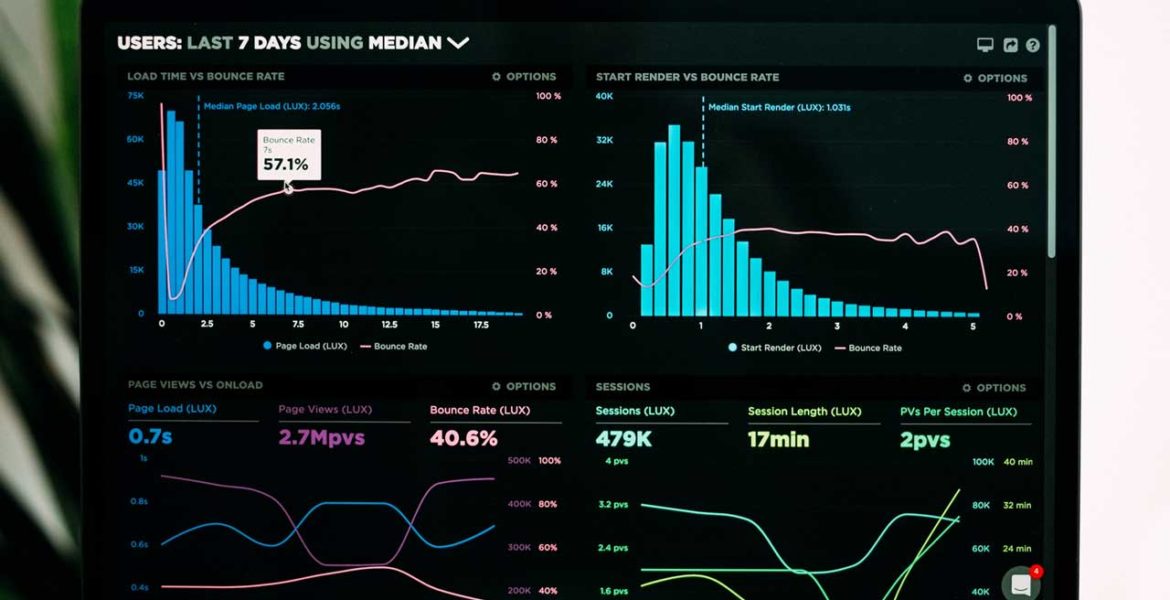Staying calm in a crisis isn’t easy, even in an industry known for its adaptability. When the COVID-19 outbreak first went global, advertising experienced an uncharacteristic tremor; campaigns went on pause, some brands delayed or even cut spend, and events were postponed one after another — including SXSW, Advertising Week Europe, and Cannes Lions.
Now, as the industry settles into the ‘new normal’, questions are being asked about how digital advertising should adjust to help brands maintain relevance, stability, and return to growth. Key among them are practical concerns such as: on what basis activity should be planned; the kind of messages that will work best for audiences; and, especially important in a time of greater uncertainty, where budgets should be focused.
Navigating the storm will require consistent, reliable, and tailored insights that keep brands on the right course and help them use precious resources wisely. As a result, a new and accurate measurement that ties into core business goals will be more essential than ever.
The health crisis is changing both advertiser and audience behaviors
As the rising impact of COVID-19 continues to upend everyday life, advertising is seeing a sharp pivot in spending tactics. Estimates for overall media investment are down — some say up to 50% — and brands are moving to accommodate the increase in topical digital content. A number of brands are keeping options open by avoiding only negative Coronavirus associations, while others are steering clear of all mentions; with keyword blocking for the term up by 80% in a single week.
The outbreak is also driving increased content consumption across channels. Not only is TV viewing experiencing a boost, but the digital sphere is also seeing a greater surge in engagement as more people spend more time online, especially with video and audio content. In fact, podcast services such as Acast reported 875,000 listens to Coronavirus-related content in one day and, so high is the anticipated demand for online video, that Netflix and YouTube have reduced streaming quality to ease pressure on core internet infrastructure.
There is plenty of scope to keep up vital audience connections, as long as advertisers tread carefully, revise their original plans, and adapt their creative messages to strike the appropriate tone in this unprecedented health and economic crisis.
Aligning media measurement with business outcomes is a must
While advertising goals and strategies are understandably shifting, we believe more than ever that brands need a deeper understanding of what’s driving real-time results to plan, execute, and measure the success of their media investments better, whatever their goal.
So far, achieving comprehensive insight has remained a challenge due to continued reliance on legacy metrics. Click-through rates (CTRs), for example, are still often used as a proxy for core objectives such as sales, without taking into account the fact that very few people click on ads and that even when they do, clicks rarely lead to immediate purchase for a wide range of product categories. However, there is a growing awareness that the best way to ensure closer alignment between advertising and business priorities is to come up with innovative workarounds to better evaluate performance against desired outcomes.
How custom outcome indicators can enhance the value of advertising
Moving to innovative business-led metrics has been made possible thanks to advances in econometrics, attribution modeling, and particularly artificial intelligence (AI). It is now possible to collect data from multiple sources and instantly analyze the impact of digital advertising in line with specific business outcomes.
What this means for each organization varies but, generally, these new metrics need to be tied to real events that signal fulfillment. For instance, to promote Peugeot’s new 508 model, AI algorithms and tailored programmatic bidding strategies were used to maximize on-site actions, including brochure downloads and test-drive inquiries. Based on the automotive manufacturer’s historical data, the custom solution delivered a 1.46x higher rate of conversions and a 33% reduction in cost-per-action (CPA).
Already under pressure to produce results, advertising departments are struggling to manage the extra strain of COVID-19 volatility. But smart technology and new ways of thinking can genuinely offer critical support. By embracing custom metrics and assessing ads against custom outcomes that truly matter to businesses, they can gain a granular picture of what media investments truly affect revenue and what steps are needed to enhance performance further. In these fast-changing and universally concerning times, driving towards better measurement is crucial for brands to do more with less, better deliver for their customers, and return to growth.

